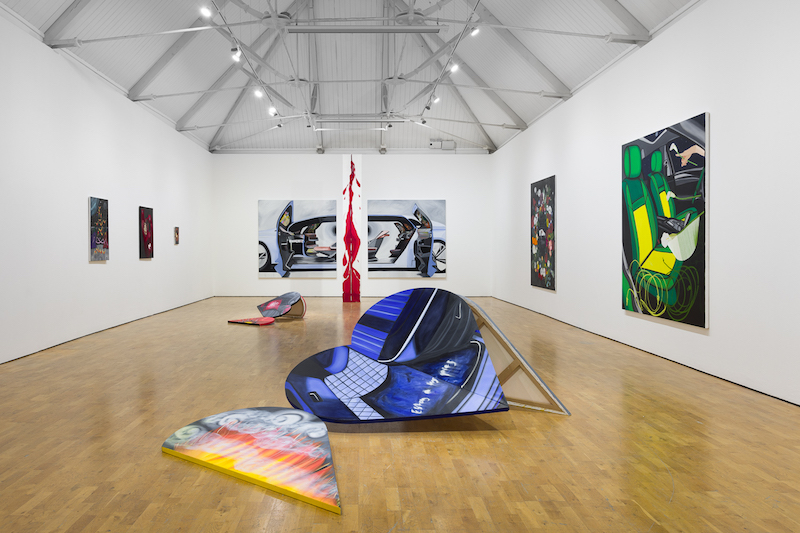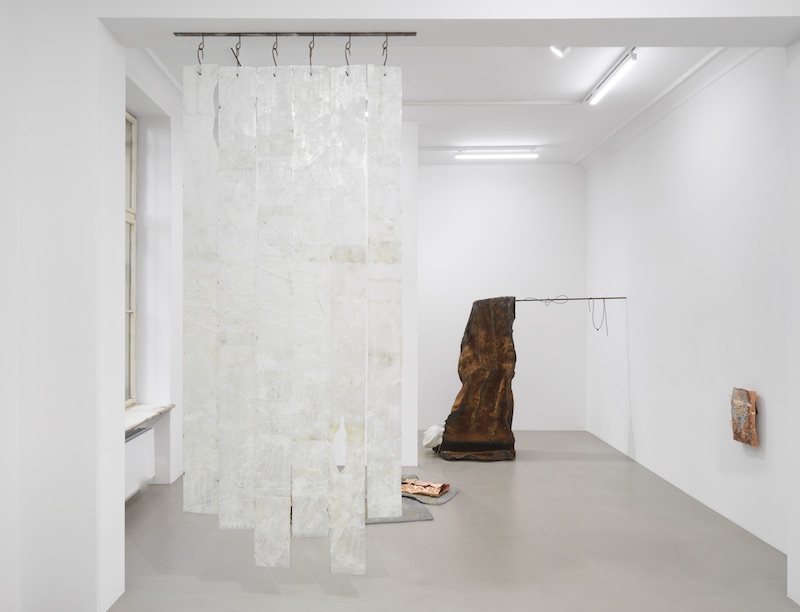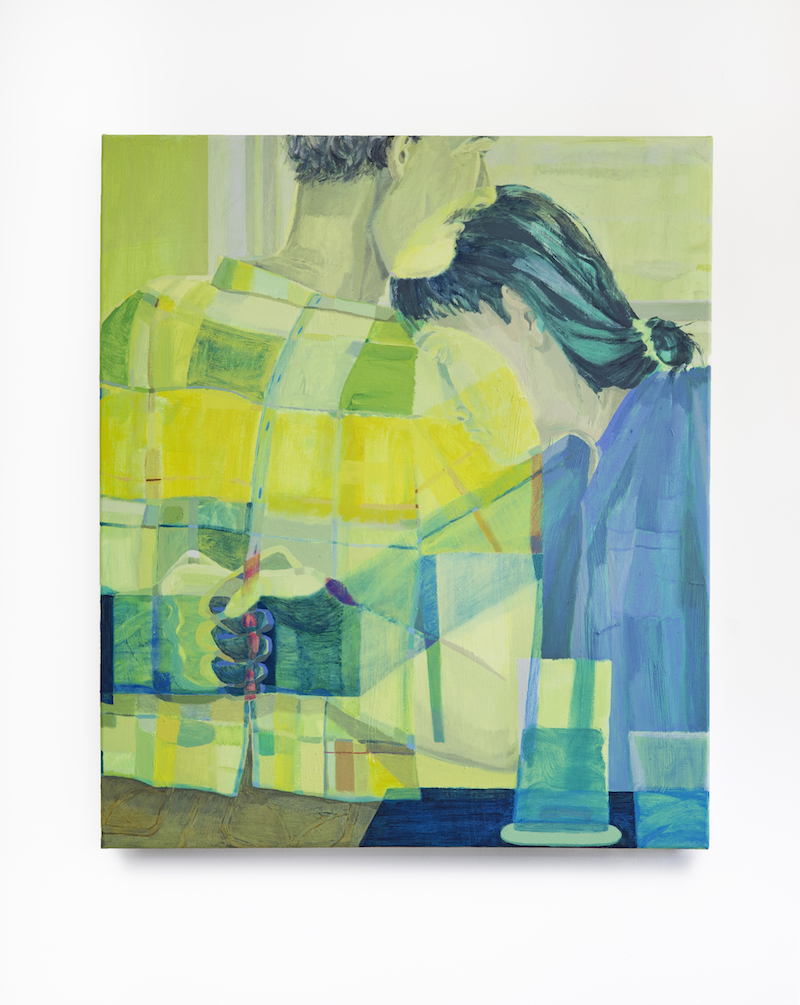by Alison Hugill // July 2, 2024
This article is part of our feature topic Desire.
Followers of French psychoanalytic theorist Jacques Lacan insist that desire cannot be satisfied, as its object is always beyond reach; desire is a means without end, spurred on by its very unattainable nature. If we come too close to the object of our desire, it will only reveal a lack. Many contemporary artists deal directly or indirectly with this maddening pursuit, articulating desire as an aesthetic experience. One could even say that at the root of all art is an urge to express this always incomplete kernel of our being.

Frieda Toranzo Jaeger: ‘A future in the light of darkness,’ 2024, installation view // Courtesy of the artist and Modern Art Oxford, photo by Rob Harris
In a recent interview with Frieze magazine, author Maggie Nelson outlines the place of desire in the framework of artistic intention: she talks about the reception of Carolee Schneemann’s performance ‘Up to and Including Her Limits’ (1973-76), which the artist envisioned as an act of liberation, but which was read by her friend, poet Clayton Eshleman, as merely another instance of a “woman in bondage.” The performance saw Schneemann naked and suspended from the ceiling by a tree surgeon’s harness, continually raising and lowering herself to create swirling drawings on the paper covering the walls and floor. Nelson remarks: “If you look at the piece, I think both things are true: neither of them is entirely right. That’s probably true of most art, and that’s what makes it interesting, but that doesn’t mean it’s not painful. It was painful for Carolee: she was furious. But that’s why we have an unconscious and that’s why we make art, because we’re not in control.” If artistic practice is an articulation of desire, its reception can never be guaranteed.

Sofía Salazar Rosales: ‘The desire to dance with someone who is not here,’ 2024, installation view at ChertLüdde, 2024 // Photo by Marjorie Brunet Plaza, courtesy of ChertLüdde, Berlin and Sofía Salazar Rosales, Paris
In the context of our latest topic, William Kherbek talks to artist Sofía Salazar Rosales about her recent exhibition ‘The desire to dance with someone who is not here’ at ChertLüdde in Berlin, and the role absence plays in her sculptural work, nodding to the function of nostalgia and the inability to really touch the object of one’s desire. The exhibition—which is about the intention of dancing with a stranger, with no other guarantee than to let oneself go—speaks to this categorical mismatch between intention and reception that characterizes desire. As Salazar Rosales puts it: “I think the word ‘desire’ will always come from absence in all my work, from wanting to have something that it is not possible to have.”
Entering the topic from a different angle, Berlin-based artist Antonia Breme’s recent installations deal with the illusion manifested through contemporary shop window displays, wherein one sees oneself alongside the products in a simultaneous reflection. In her 2022 artist book, ‘Shop Window Shopping,’ she contextualizes her installations with material from historical trade journals for window dressers, honing in on the capitalist signifiers of desire and considering her own position in the tension between artistic autonomy and economic necessity. In other works, she extracts the infrastructure of displays from their original context, revealing their function in the manufacturing of desire.

Miranda Holmes: ‘Double Check,’ 2024, oil and acrylic on canvas, 37.5×31.5 in. (95×80 cm) // Courtesy of the artist
In another interview for the topic, Fionn Adamian speaks to American painter Miranda Holmes, whose artworks not only depict the emotionally intimate moments of relationships, but have the rare quality of absorbing the viewer into the intimacy that’s represented on the canvas. Holmes uses transparent films of paint, layering the shapes and figures in her work: “entangling them with the cups they hold, the chairs they sit in, the people they listen to as they lay in bed.” This visually and conceptually entangled notion of intimacy in Holmes’ work points to the messiness of human interaction fuelled by desire and the difficulty of attaining a perfect union.
What all these examples suggest is that at the heart of desire—whether sexual, romantic, artistic or otherwise—is a necessity to let go of the pursuit of perfection and to hold onto the tension between expectation and result, to dwell in this uncertainty that is at once beautiful and painful.























